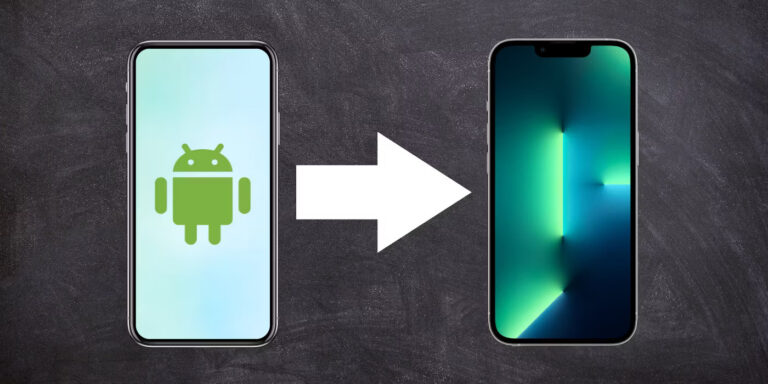Normal
0
false
false
false
EN-IN
X-NONE
X-NONE
/* Style Definitions */
table.MsoNormalTable
{mso-style-name:”Table Normal”;
mso-tstyle-rowband-size:0;
mso-tstyle-colband-size:0;
mso-style-noshow:yes;
mso-style-priority:99;
mso-style-parent:””;
mso-padding-alt:0cm 5.4pt 0cm 5.4pt;
mso-para-margin-top:0cm;
mso-para-margin-right:0cm;
mso-para-margin-bottom:8.0pt;
mso-para-margin-left:0cm;
line-height:107%;
mso-pagination:widow-orphan;
font-size:11.0pt;
font-family:”Calibri”,”sans-serif”;
mso-ascii-font-family:Calibri;
mso-ascii-theme-font:minor-latin;
mso-hansi-font-family:Calibri;
mso-hansi-theme-font:minor-latin;
mso-bidi-font-family:”Times New Roman”;
mso-bidi-theme-font:minor-bidi;
mso-fareast-language:EN-US;}
In the dynamic landscape of the IT industry, staying abreast of the most powerful technologies is crucial for mobile app developers. This comprehensive guide delves into the forefront of mobile app development, exploring the technologies that have reshaped the industry. From cross-platform frameworks to cutting-edge AI integration, this post provides a detailed overview of the tools shaping the future of mobile applications.
1. React Native: Revolutionizing Cross-Platform Development
One of the trailblazers in cross-platform development, React Native, developed by Facebook, has emerged as a game-changer for developers. This section explores the advantages, challenges, and real-world applications of React Native, showcasing how it streamlines the development process and facilitates code reusability across iOS and Android platforms.
2. Flutter: Crafting Beautiful Natively Compiled Apps
Google’s Flutter has gained significant traction for its ability to create natively compiled applications from a single codebase. Dive into the architecture of Flutter, its robust UI toolkit, and how it addresses the challenges of cross-platform development. Discover why developers are turning to Flutter for its efficiency and expressive design capabilities.
3. Swift (iOS) and Kotlin (Android): A Tale of Two Languages
This section delves into the significance of Swift and Kotlin, the official programming languages for iOS and Android development, respectively. Explore the unique features of each language, their role in enhancing developer productivity, and how they contribute to the seamless operation of mobile apps on their respective platforms.
4. Progressive Web Apps (PWAs): Bridging the Gap between Web and Mobile
Progressive Web Apps (PWAs) have gained prominence for offering a native app-like experience while leveraging web technologies. Uncover the key features of PWAs, their advantages over traditional apps, and how they are reshaping the mobile app landscape by providing offline support, push notifications, and improved user experiences.
5. Xamarin: C# Magic for Cross-Platform Development
Microsoft’s Xamarin has become a go-to choice for developers aiming to use C# for cross-platform mobile app development. Explore how Xamarin simplifies the development process by providing a single codebase for iOS and Android, reducing time and effort while maintaining app performance and functionality.
6. Mobile Backend as a Service (MBaaS): Powering the App Ecosystem
This section explores the role of Mobile Backend as a Service (MBaaS) in mobile app development. Delve into the capabilities of services like Firebase and AWS Mobile Hub, providing cloud-based backend solutions with features such as authentication, real-time database, and serverless functions.
7. Augmented Reality (AR): Enhancing User Experiences
ARCore and ARKit are paving the way for immersive augmented reality experiences in mobile apps. Learn how these software development kits enable developers to incorporate 3D object recognition, tracking, and other AR features, revolutionizing the way users interact with mobile applications.
8. Machine Learning and AI: The Future of Mobile App Intelligence
Discover the transformative impact of machine learning and AI on mobile app development. Explore frameworks like TensorFlow and Core ML, and understand how developers are incorporating image recognition, natural language processing, and predictive analytics to create intelligent and personalized mobile applications.
9. Blockchain for Mobile: Securing Transactions in a Decentralized World
This section explores the integration of blockchain technology into mobile apps, providing enhanced security, transparency, and decentralized data management. Understand how blockchain is revolutionizing secure transactions and data integrity in mobile applications.
10. 5G Technology: Accelerating the Mobile Experience
As 5G networks continue to roll out globally, this section examines the impact of 5G technology on mobile app development. Explore how faster and more reliable connectivity opens up possibilities for high-quality multimedia content, real-time communication, and an overall enhanced user experience.
Conclusion: Embracing the Future of Mobile App Development
In conclusion, this comprehensive guide navigates through the most powerful technologies in the mobile app development landscape. From cross-platform frameworks to cutting-edge technologies like AR, AI, and blockchain, developers have a plethora of tools at their disposal to create innovative and impactful mobile applications.
Author Bio:
Keen Solution is a seasoned mobile app developer with 12 years of experience in the IT industry. Passionate about staying ahead of the curve, Amit Kumar specializes in apps & web development. Through this guest post, They aim to share insights into the rapidly evolving world of mobile app development and help fellow developers and enthusiasts navigate the complexities of choosing the right technologies for their projects. Connect with website: https://keensolution.in/









